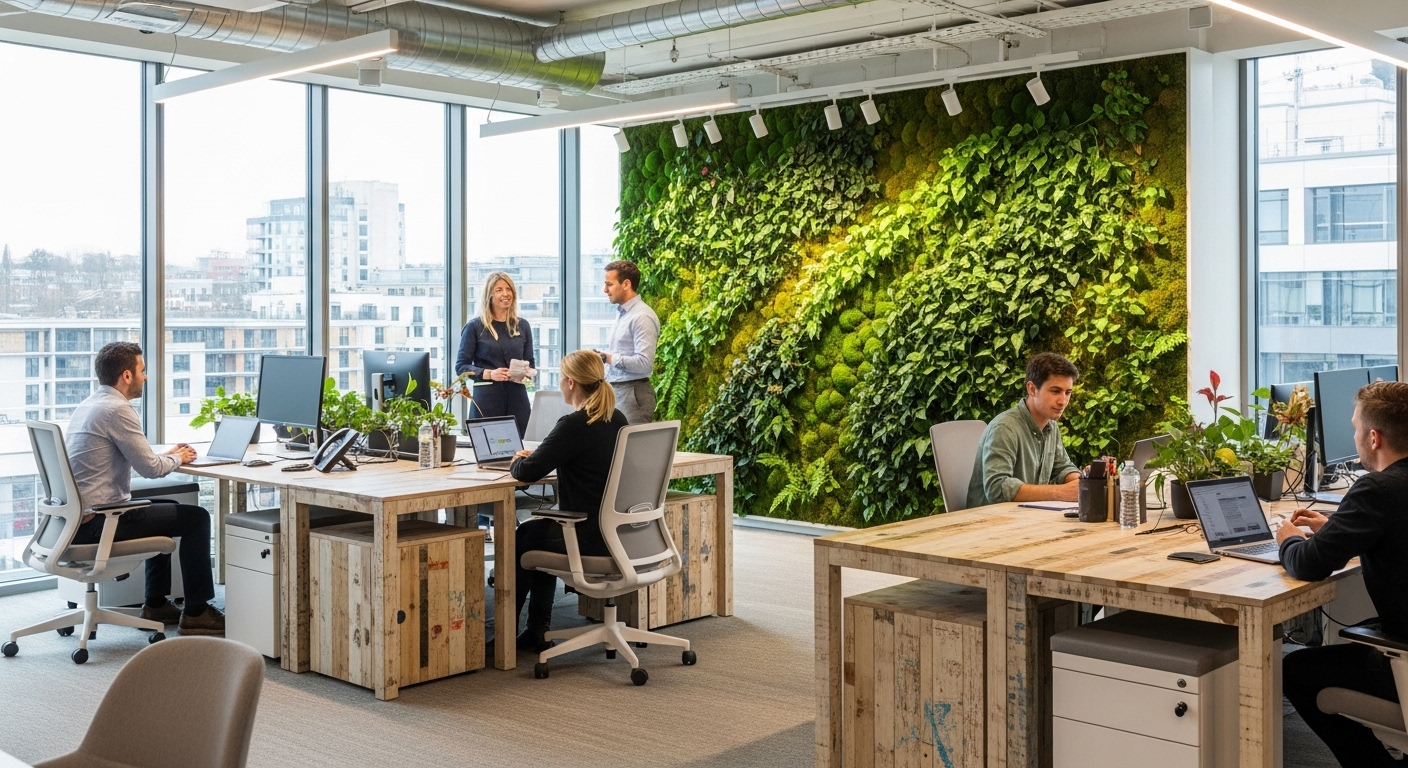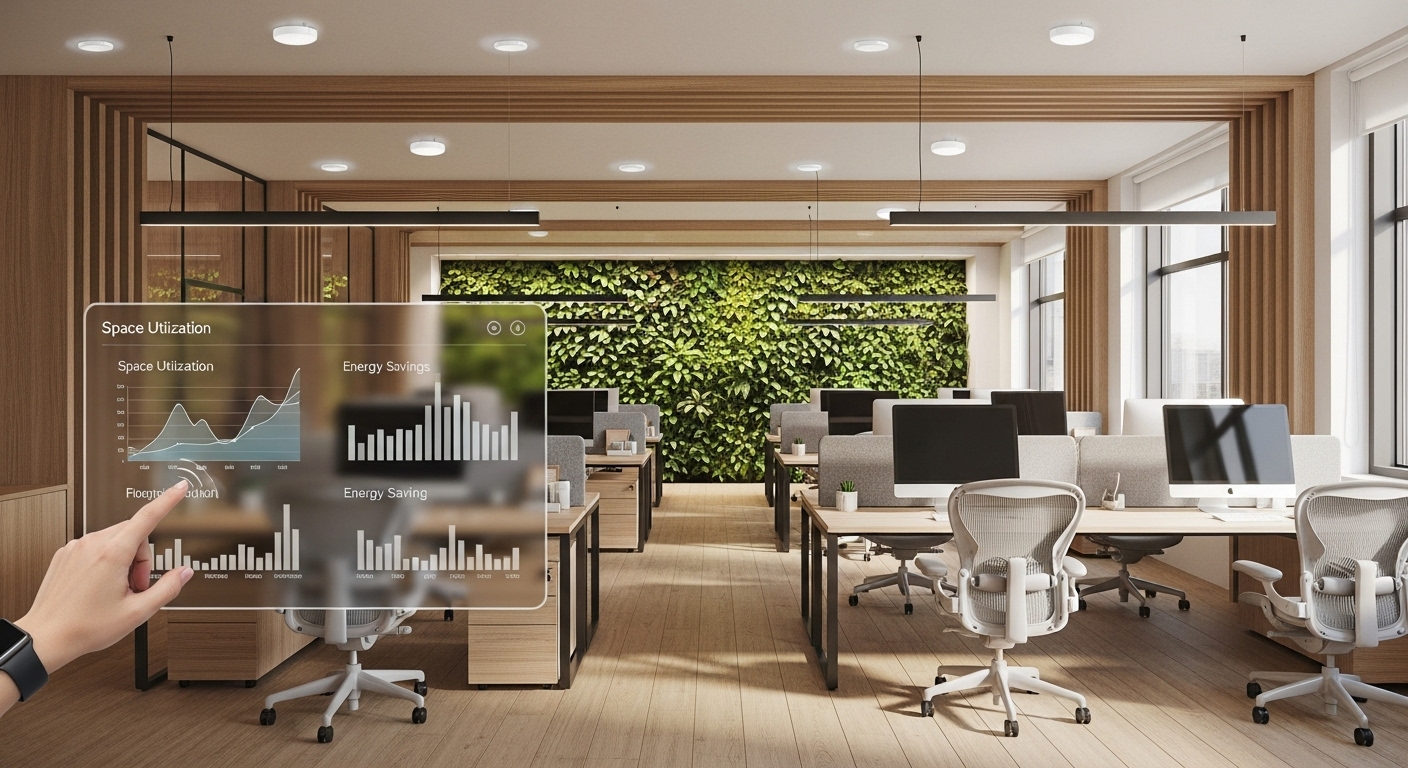In the rapidly evolving future of work, the most transformative ideas rarely originate in a scheduled boardroom meeting. They emerge from the daily friction and insights of employees on the front lines—a spark of frustration with an inefficient process, a novel solution to a customer’s problem, or a visionary idea for a new product. The challenge for modern leaders isn’t just to have an open-door policy, but to build a systemic engine that captures, nurtures, and scales these sparks. This is the essence of workplace innovation today: a shift from top-down mandates to a grassroots, employee-led movement. Relying on sporadic flashes of brilliance is no longer a viable strategy. Instead, organizations must cultivate an environment where innovation is not an event, but a continuous, embedded cultural practice. This guide provides a practical framework for leaders to move beyond the suggestion box and construct a robust system that empowers every employee to become an innovator, driving sustainable growth and resilience in an uncertain world.
The foundation of innovation: cultivating psychological safety
Before a single new idea can be shared, a critical foundation must be laid: psychological safety. Coined by Harvard Business School professor Amy Edmondson, this concept refers to a shared belief within a team that it’s safe to take interpersonal risks. It means employees feel confident that they won’t be punished or humiliated for speaking up with ideas, questions, concerns, or mistakes. Without this foundation, the fear of failure, judgment, or career repercussions will stifle even the most brilliant sparks of creativity. Google’s extensive research in Project Aristotle famously identified psychological safety as the single most important dynamic in high-performing teams, far outweighing individual talent or experience. For leaders, building this safety is an active, ongoing process. It starts with modeling vulnerability—admitting when you don’t have the answer or have made a mistake. It involves actively soliciting dissenting opinions and thanking team members for challenging the status quo. When an experiment fails or an idea doesn’t pan out, the leadership response should be one of curiosity, not condemnation. Asking “What can we learn from this?” instead of “Whose fault is this?” fundamentally changes the team’s relationship with risk. This cultural shift encourages the very behaviors—experimentation, questioning assumptions, and candid feedback—that are the lifeblood of genuine, employee-driven innovation.
Beyond the suggestion box: creating channels for idea capture
The traditional, anonymous suggestion box has long been a symbol of good intentions but poor execution. More often than not, it becomes a black hole where ideas disappear without acknowledgment or feedback, breeding cynicism and discouraging future contributions. To foster a true innovation culture, organizations need modern, transparent, and engaging channels for idea capture. The goal is to make submitting an idea an easy, visible, and rewarding process. This can take many forms, from dedicated digital innovation platforms like Brightidea or Spigit, which allow employees to submit, discuss, and vote on ideas, to more event-driven initiatives. Regular hackathons or “innovation sprints” can carve out dedicated time for cross-functional teams to tackle specific challenges, generating a high volume of creative solutions in a short period. Another effective strategy is to establish regular, informal forums where teams can present nascent ideas to a wider audience, gathering feedback and finding collaborators. Whatever the method, transparency is paramount. Employees must be able to see the lifecycle of their idea: that it has been received, is being reviewed, and what the outcome of that review is. Creating clear, simple submission guidelines can also help, focusing on defining the problem an idea solves and its potential impact, rather than demanding a fully-formed business plan, which can intimidate and deter participation from valuable non-business roles.
Fueling the fire: resourcing and empowering innovators
An idea without resources is merely a thought. For employee-led innovation to flourish, leaders must provide the fuel necessary to turn promising concepts into tangible experiments. This support extends beyond simple encouragement and requires a commitment of time, budget, and mentorship. Some of the world’s most innovative companies have famously institutionalized this. For example, 3M’s longstanding “15% Rule” allows employees to use a portion of their paid time to work on projects of their own choosing, a policy that has led to blockbuster products like Post-it Notes. Similarly, creating small, accessible seed funds that teams can apply for to run low-cost experiments removes a significant bureaucratic barrier. This allows employees to quickly test hypotheses and gather data without needing to go through a lengthy, formal budgeting process. Beyond tangible resources, empowerment is the critical catalyst. This means giving employees the autonomy to own and drive their projects forward. Micromanagement is the sworn enemy of innovation. Leaders must trust their teams, acting as coaches and mentors who remove obstacles rather than gatekeepers who control every decision. By providing this combination of tangible support and genuine autonomy, organizations signal that they not only value employee ideas but are also willing to invest in their potential, fostering a profound sense of ownership and engagement that drives the innovation engine forward.
The architecture of collaboration: designing spaces for serendipity
Innovation is fundamentally a team sport, rarely the product of a lone genius. It thrives on the collision of diverse perspectives, spontaneous conversations, and the cross-pollination of ideas between individuals and departments that might not otherwise interact. Leaders must be intentional about architecting environments—both physical and digital—that encourage this serendipitous collaboration. In a physical office, this means moving beyond rows of cubicles to create a dynamic ecosystem of spaces. This includes dedicated project rooms with ample whiteboard space, comfortable lounge areas that invite informal conversation, and centrally located coffee stations that serve as natural “collision points.” The goal is to increase the probability of unplanned interactions that can spark new connections and ideas. For hybrid and remote teams, this architectural thinking must be applied to the digital realm. This involves creating virtual ‘water coolers,’ such as dedicated Slack or Teams channels for non-work-related chats, to replicate casual social interactions. It means mastering virtual collaboration tools like Miro and Mural for dynamic, inclusive brainstorming sessions. It also requires being intentional about scheduling virtual social events or cross-departmental meetups that are purely focused on connection rather than a specific work agenda. Whether physical or virtual, the principle remains the same: innovation requires a space where structured work and unstructured interaction can coexist, allowing for the planned and unplanned moments of connection that fuel collective genius.
Celebrating the process: rewarding effort, not just outcomes
If an organization only rewards successful, revenue-generating innovations, it inadvertently creates a culture of extreme risk aversion. Employees will quickly learn that the safest path is to stick to incremental improvements and avoid bold, potentially transformative ideas that carry a higher risk of failure. To counteract this, leaders must fundamentally shift their recognition and reward systems to celebrate the innovation process itself—the experimentation, the learning, and the courage to try something new. This begins with destigmatizing failure. A powerful way to do this is by celebrating “intelligent failures,” which are well-executed experiments based on sound hypotheses that ultimately did not yield the desired result but provided invaluable learning. Some companies have even instituted awards like “Failure of the Month” to highlight these learning opportunities and reinforce the message that experimentation is valued. Recognition should also be given for key behaviors that drive innovation, such as exceptional cross-departmental collaboration, providing constructive feedback that improves an idea, or mentoring a junior colleague’s project. This approach ensures that employees are motivated to engage in innovative activities even if their specific project isn’t the one that ultimately gets scaled. By rewarding the effort, learning, and collaborative spirit, you encourage a higher volume of experimentation, which dramatically increases the odds of landing on a breakthrough success while building a more resilient and creative culture along the way.
Closing the loop: from idea to implementation and feedback
The final, crucial component of a systemic approach to innovation is a clear, transparent process for moving ideas from conception to implementation and providing feedback at every stage. This is what transforms a collection of creative initiatives into a reliable, repeatable engine for growth. The first step is establishing a cross-functional committee or process for vetting ideas against strategic priorities. This ensures that resources are directed toward ideas with the most potential impact. Once an idea is greenlit for exploration, the focus should be on rapid, low-cost prototyping. The goal is to create a minimum viable product (MVP) or pilot program to test the core assumptions of the idea in a real-world context before committing to a large-scale investment. This iterative, data-driven approach minimizes risk and allows for refinement based on user feedback. Crucially, communication must flow in both directions. For ideas that are pursued, the team or individual should receive continuous support and clear milestones. For ideas that are not selected, it is absolutely vital to provide a thoughtful and respectful explanation. Communicating the ‘why’ behind a decision—perhaps the idea doesn’t align with current strategy, or the technology isn’t feasible yet—builds trust and shows employees that their contributions were taken seriously. This respectful feedback loop prevents disillusionment and encourages them to continue contributing in the future, ensuring the innovation pipeline remains full.
In conclusion, transforming a workplace into a hub of innovation is not about finding a silver-bullet technology or hiring a handful of creative geniuses. It is a deliberate, strategic effort to build a culture and a system that empowers every single employee to contribute. The journey from a fleeting spark to a fully integrated system relies on a series of interconnected pillars. It begins with the psychological safety that gives employees the courage to speak up. It is sustained by creating visible and accessible channels to capture ideas, and fueled by providing the necessary resources and autonomy to explore them. This environment is amplified by designing physical and digital spaces that foster collaboration and serendipity. Critically, it requires a cultural shift toward celebrating the process of experimentation and learning from failure, not just rewarding successful outcomes. Finally, a transparent process for vetting, testing, and providing feedback ensures that the entire system is trusted and sustainable. By embracing this holistic approach, leaders can move beyond simply managing innovation and begin to truly lead it, unlocking the collective intelligence of their entire organization and building a resilient, adaptive, and endlessly creative engine for the future.





